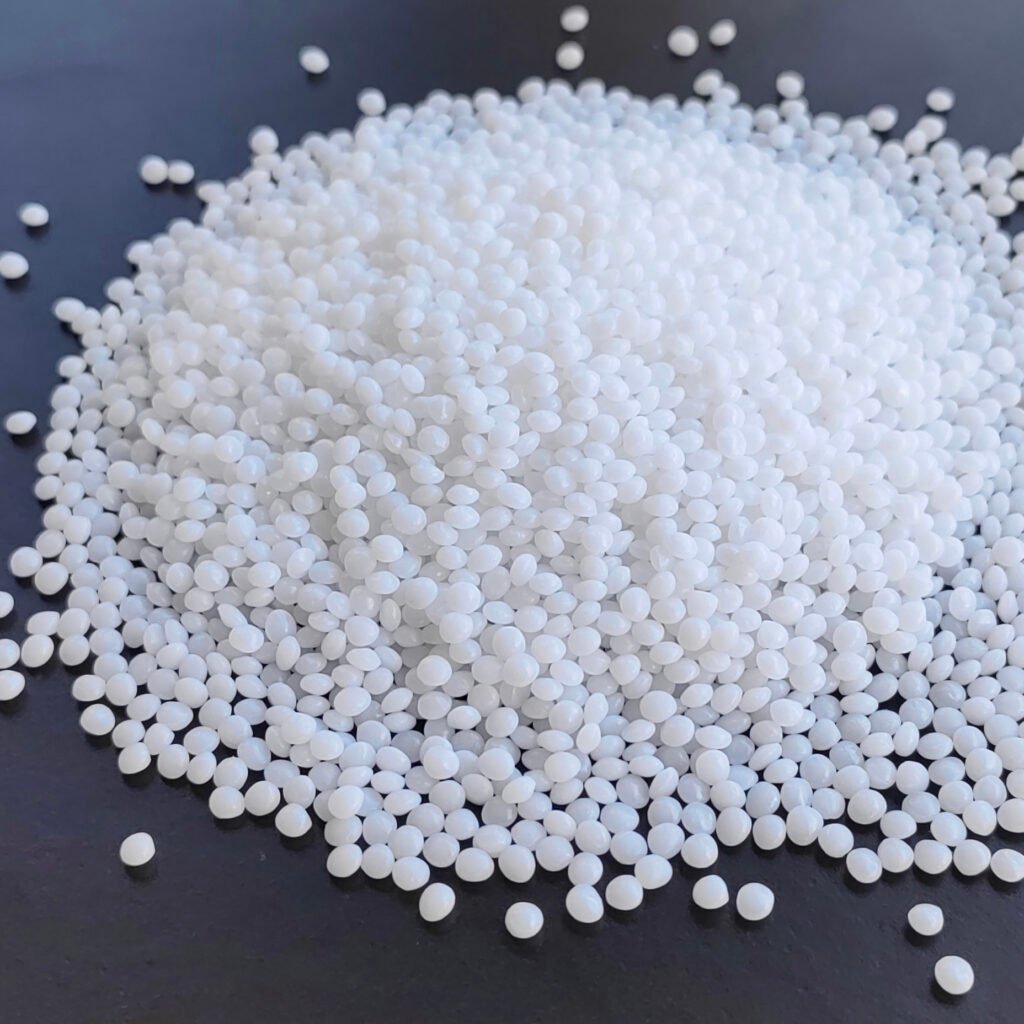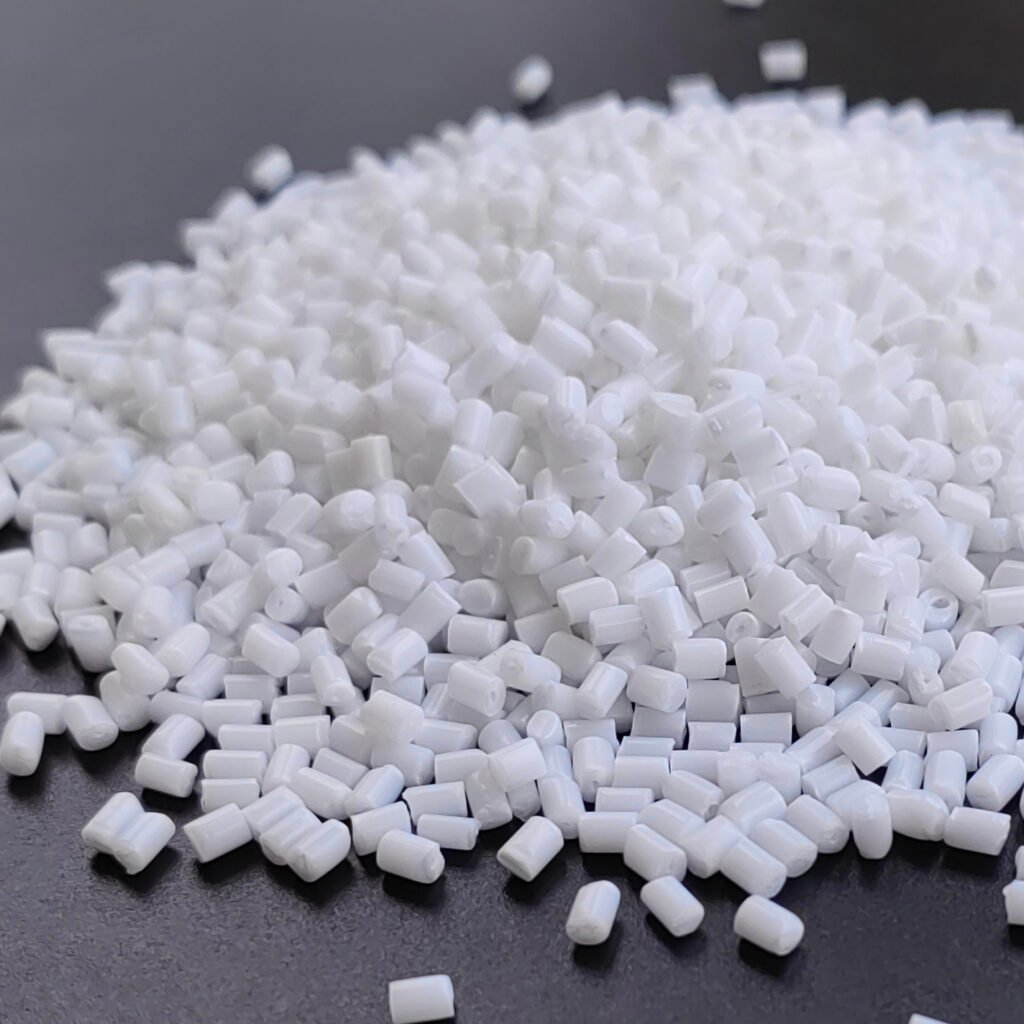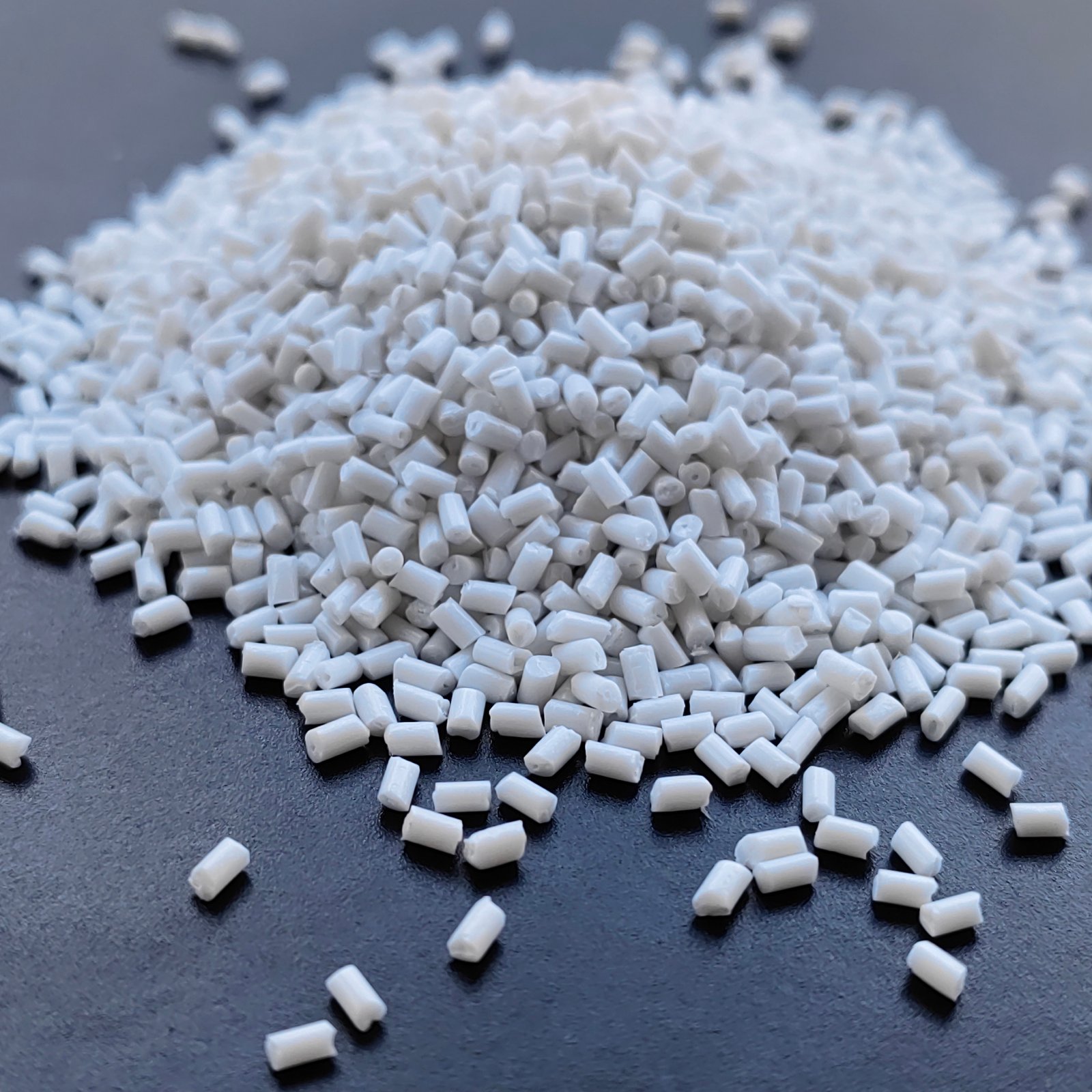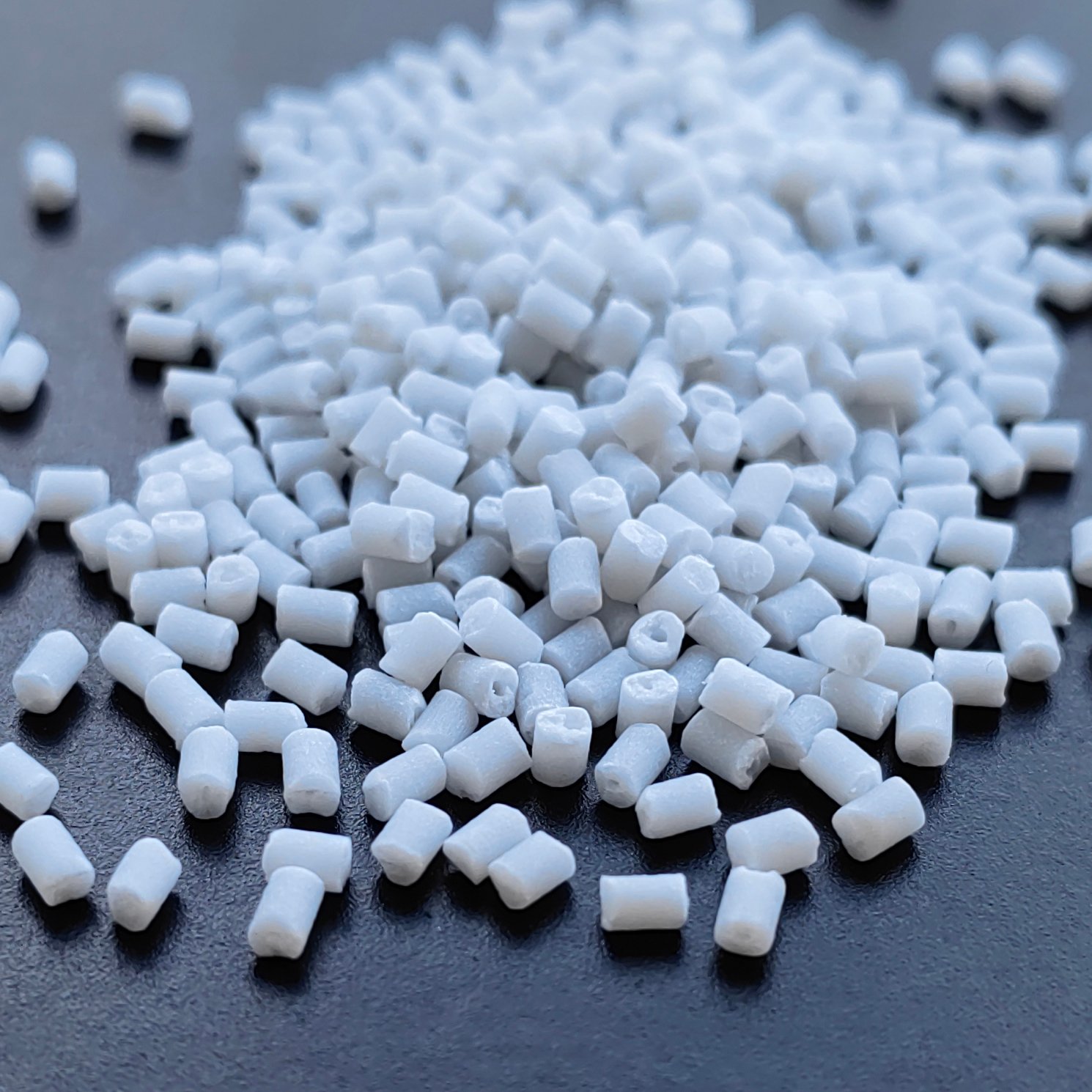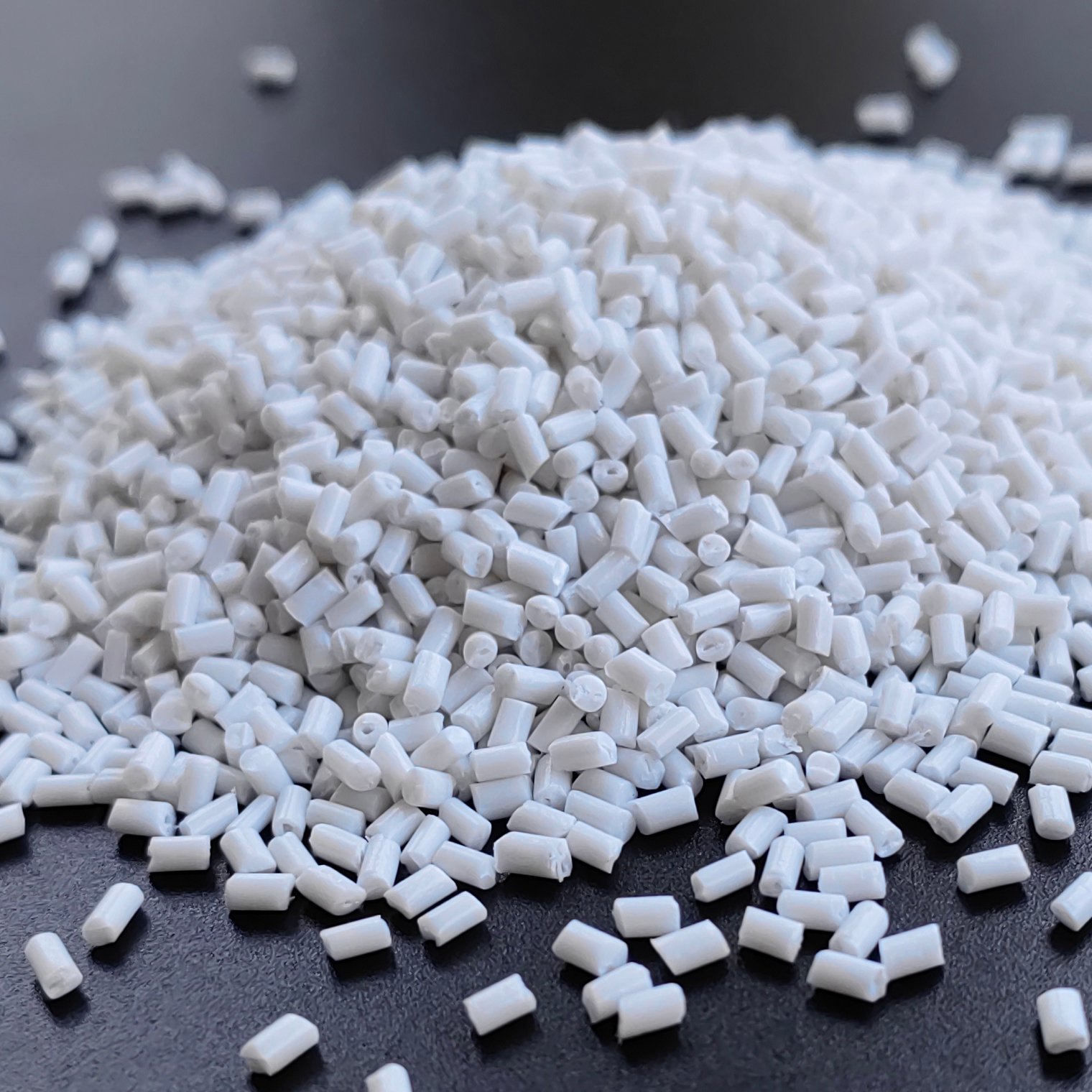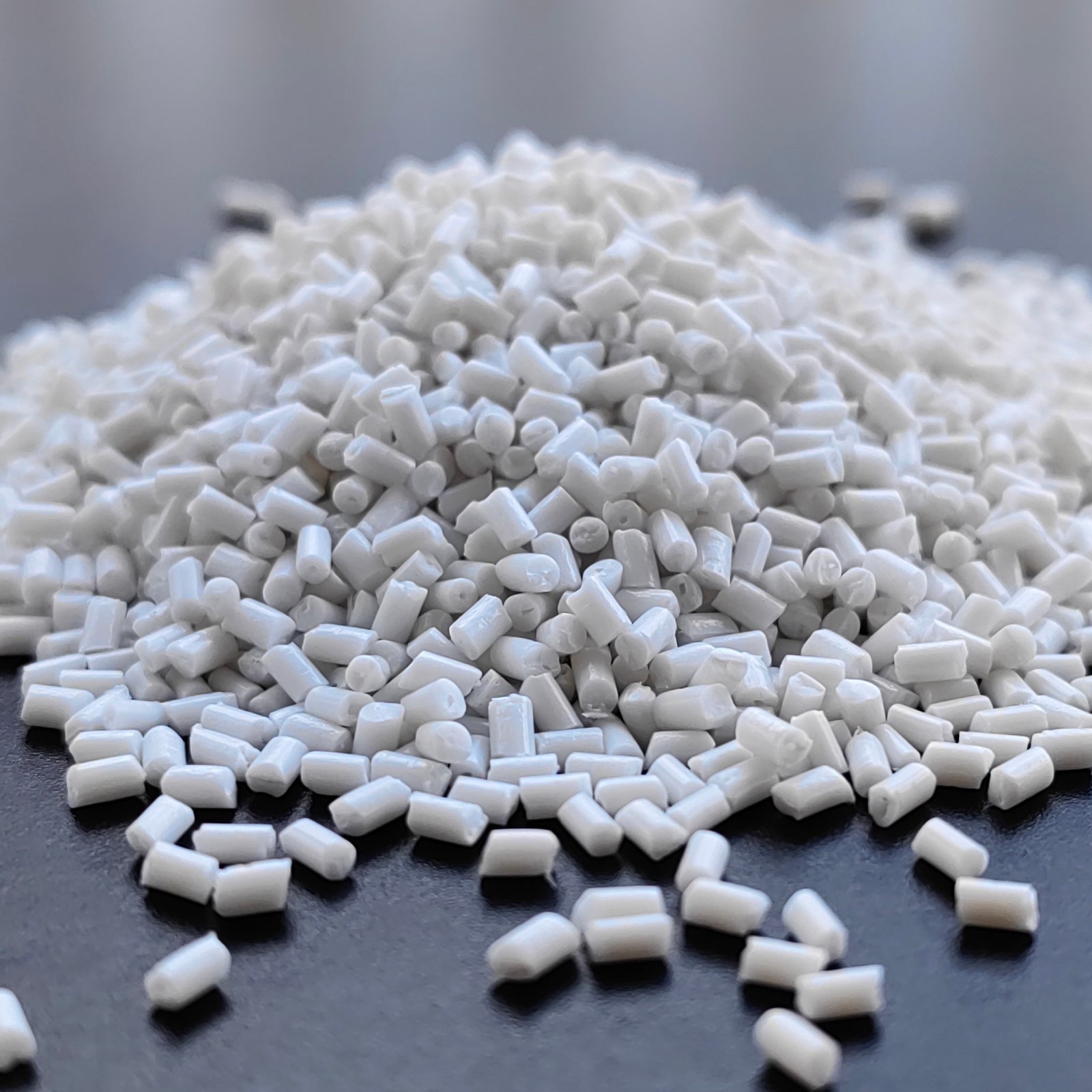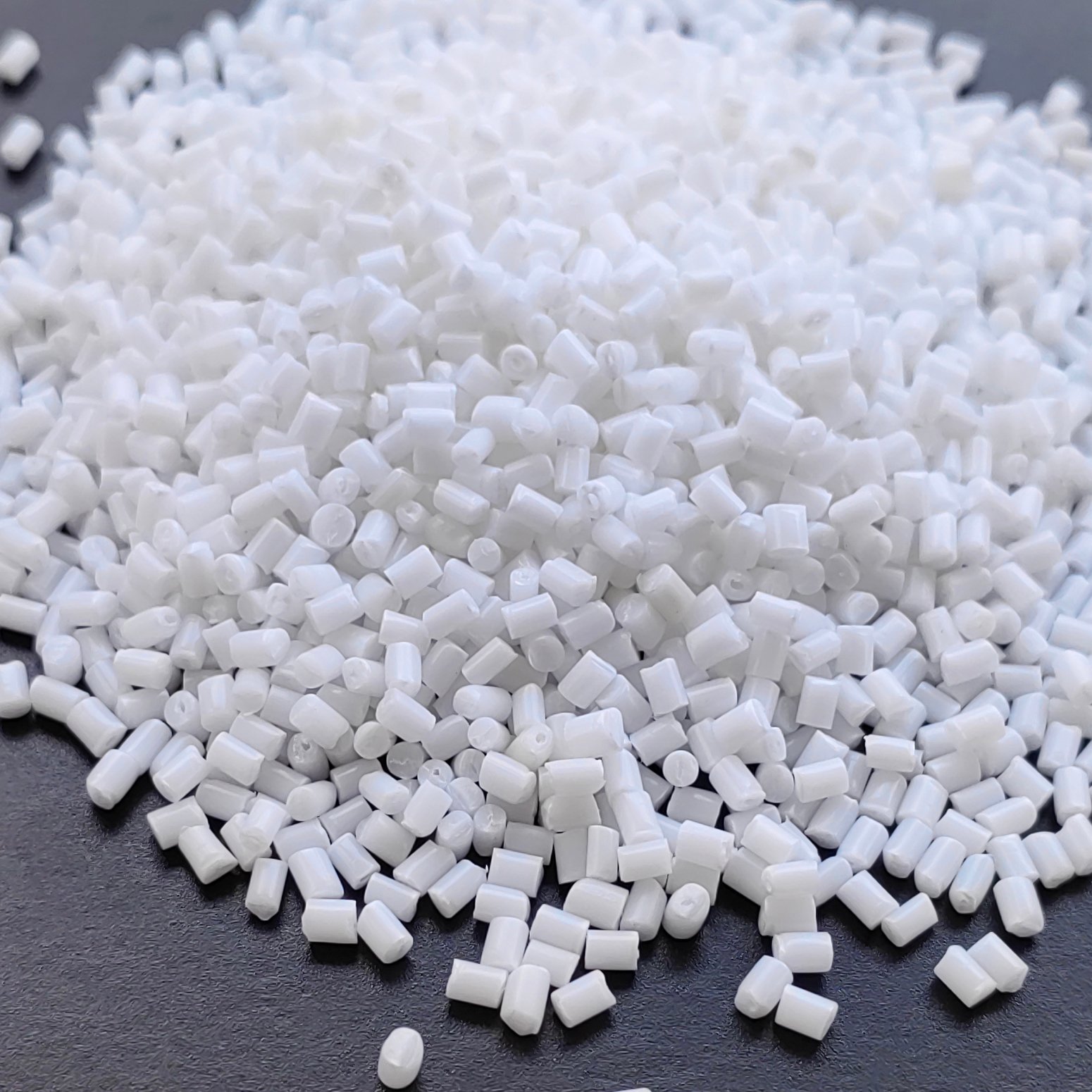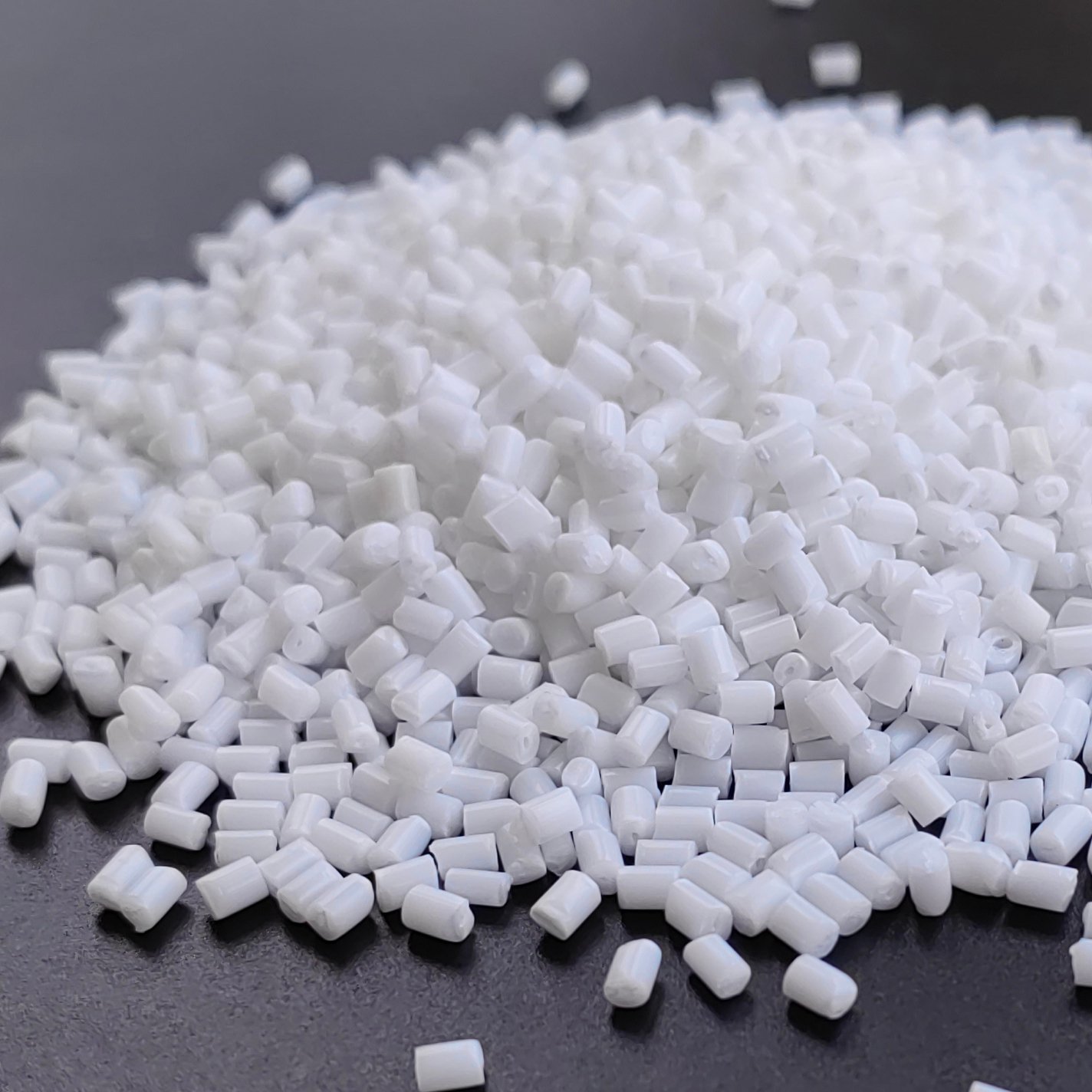PRODUCTOS


Introducción de partículas de materia prima plástica POM N2640 Z6 AT
Estructura del producto
POM N2640 Z6 AT is a granular plastic material that is widely used in industrial production. Using the injection molding process, the material can be efficiently formed into various product shapes, making it suitable for large-scale production.
From the perspective of material properties, it is classified as an impact-modified and injection-molding grade material. Its properties are notable for their high impact resistance and impact enhancement capabilities, although it has relatively low rigidity. This means that it demonstrates good toughness when subjected to impact forces, is not easily broken, and can be used in applications requiring high impact strength.
In terms of applications, it is found in many industries. In the automotive sector, due to its characteristics, it can be used to manufacture parts that require toughness. In daily life, it is commonly found in fasteners, toys, buckles, and other products. These applications fully leverage its high impact resistance and ease of molding.
It is worth mentioning that polyformaldehyde itself has small water absorption, good dimensional stability, and can be used for a long time in a wide temperature range of -40 ° C ~ 100 ° C. AT the same time, it also has high thermal strength, bending strength and fatigue resistance, which makes POM N2640 Z6 AT plastic particles an ideal choice for the production of many plastic products, providing a reliable material support for the manufacture of products in various industries.
| Comportamiento mecánico | Estándar | Valor | Unidad | |||
| Alargamiento | ISO 527 | 17 | % | |||
| Alargamiento | ISO 527 | 50 | % | |||
| Resistencia a la tracción | ISO 527 | 37 | MPa | |||
| Módulo de tracción | ISO 527 | 1400 | MPa | |||
| Charpy Un-notch Impact | ISO 179 | NÓTESE BIEN | kJ/m² | |||
| Charpy Un-notch Impact | ISO 179 | NÓTESE BIEN | kJ/m² | |||
| Impacto con entalla Charpy | ISO 179 | 9 | kJ/m² | |||
| Impacto con entalla Charpy | ISO 179 | 18 | kJ/m² | |||
| Térmico | Estándar | Valor | Unidad | |||
| HDT | ISO 75 | 70 | °C | |||
| Temperatura de fusión | ISO 3146 | 165 | °C | |||
| CLE | 1.4E-4 | cm/cm/°C | ||||
| Propiedad fisica | Estándar | Valor | Unidad | |||
| Absorción de agua | ISO 62 | 0.30 | % | |||
| Absorción de agua | ISO 62 | 1.1 | % | |||
| Contracción | ISO 294 | 1.5 | % | |||
| Contracción | ISO 294 | 1.5 | % | |||
| Densidad | ISO 1183 | 1.33 | gramos/cm³ | |||
| Índice de fusión | ISO 1133 | 4.5 | cm³/10min | |||
| Propiedades electricas | Estándar | Valor | Unidad | |||
| CTI | IEC 60112 | 600 | V | |||
| Constante dieléctrica | IEC 60250 | 4.3 | ||||
| Resistividad volumétrica | CEI 60093 | 1E9 | Ω.m | |||
| Rigidez dieléctrica | CEI 60243 | 85 | kilovoltios/mm | |||
| Dissipation Factor | IEC 60250 | 0.025 | ||||
| Resistividad superficial | CEI 60093 | 1E12 | Ω | |||
